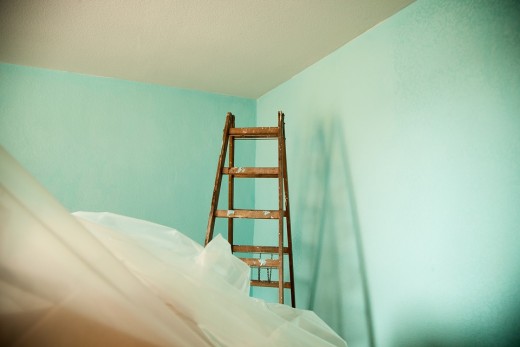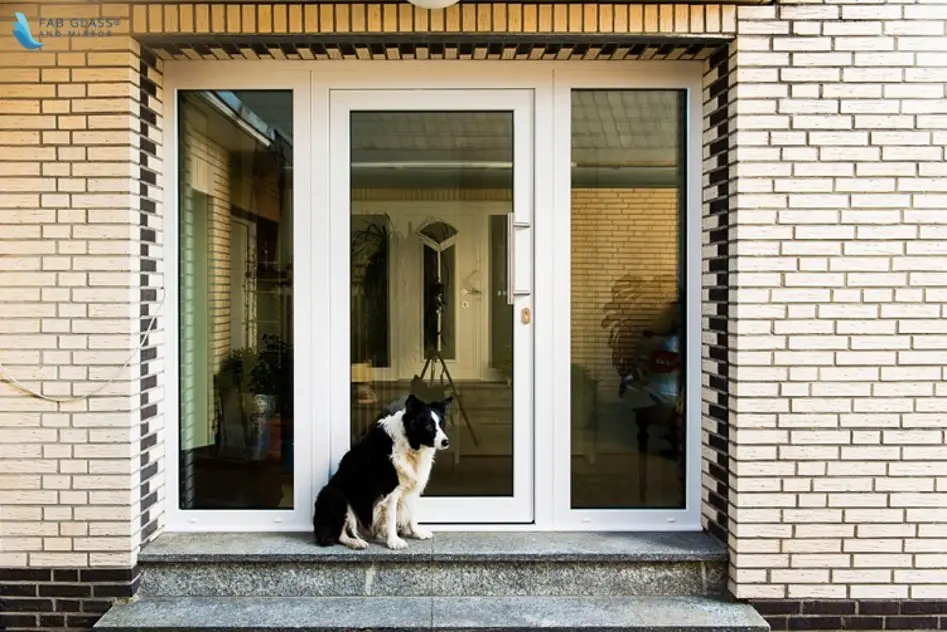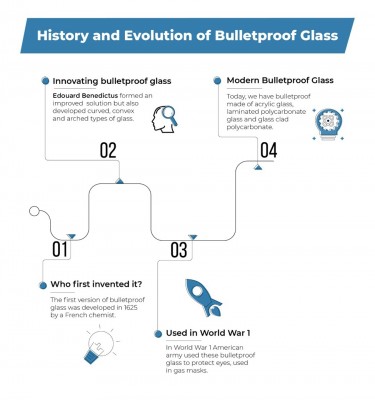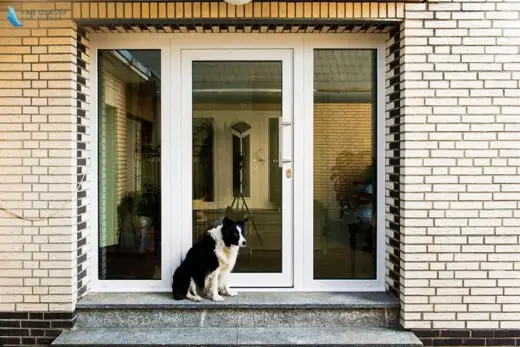The history and evolution of bulletproof glass advice, Strong ballistic glazing for buildings
The History and Evolution of Bulletproof Glass
15 Feb 2020
Branding a certain material bulletproof can be somewhat misleading. There is no foolproof way to prevent any and every type of bullets from piercing a material. Therefore, it is important to remember that bulletproof glass refers to transparent sheets that resist projectile and ballistics from penetrating. Regardless of how sound or thick a material is, it will always have a breaking point.
Ironically, most bulletproof glass windows are not even actually glass. They often consist of plastic and polycarbonate. Resistance to ballistics is entirely dependent on the formation, structure and thickness of the ballistic glass. Regardless, it is very useful to a great number of people and organizations. It is widely used by banks, embassies, private security firms and militaries. It can be deployed in war zones for combat protection. It can also be used to protect valuable objects and stave off imminent threats faced by eminent people.
The History and Evolution of Bulletproof Glass Guide
Who Created the First Bulletproof Glass?
Primarily, the possibility of creating a stronger variant of glass through chemical procedures was discovered entirely by accident. This accidental discovery is attributed to the famous French chemist named Edourd Benedictus. The Frenchman was carrying out experiments in a glass flask. This flask happened to contain a nitrate based chemical mixture when it slipped out of his hand. However, upon contact with the floor, Benedictus noticed that the flask exhibited severe cracking, but had not broken up. This is because the nitrate mixture had formulated a plastic coating which had kept the glass intact.
Therefore, although the glass had cracked, it had maintained its shape. The Frenchman then built upon his accidental discovery. He eventually encased a coating of plastic cellulose in the middle of two individual glass slabs. The two glass sheets had also been created using the concept discovered by Prince Rupert, mentioned below. This enabled the French chemist to formally file for a patent in 1909.
This discovery of the plastic reinforcement of glass spurred on subsequent scientists and chemists to pursue stronger variants of glass. This was achieved by experimenting with different chemical, plastic and glass combinations.
What is the History Behind Bulletproof Glass?
The concept of a super robust glass was brought to the fore much earlier. This had been done in the 17th century by Prince Rupert. Although Prince Rupert had not invented or discovered it, he had brought the concept of toughened glass beads to England. This concept then evolved into what is now known as tempered glass which is far sturdier than its normal counterpart.
The discovery was made when glass was melted and then subsequently, dropped into freezing water. Due to the cold water, the molten glass quickly hardens from the outside. This actually forms a layer of glass outside the remaining molten glass. This shell like formation allows the molten glass inside to cool gradually and compress within the structure. This in turn makes the glass formation more compact and far sturdier than standard glass. As a result, this technique forms a material that is resistant to high levels of stress and impact.
The discovery is known as Prince Rupert’s drops. It is claimed by some that this discovery was made as far back as the time of the Roman Empire. However, more reliable reports place the discovery in both Germany and the Netherlands as early as the 16th century. In any case, it was this breakthrough that laid the building blocks to the invention of these glasses.
How is Bulletproof Glass Made?
Over the years, several different companies have innovated and formulated various methods for creating different variants of bullet proof glass. However, there is one commonality in all processes and that is of lamination. Lamination refers to the process of encasing an object in another material. The creation of bulletproof glass is also dependent upon this principle. A special laminated material is inserted in between two sheets of glass. This material is known as polycarbonate which is extremely durable, sturdy and most importantly, transparent.
The observable protective mechanism is that the projectile usually penetrates the outer layer of glass. However, what this does is absorb a noticeable amount of penetrative energy. This allows the inner layer of polycarbonate to stop the bullet. The inner layer is held into place by the secondary glass layer which adds to its overall resistance. The resistance to ballistics is obviously directly proportional to the thickness of the materials used, particularly the laminated sheet. If it is thick enough, it can even withstand a sniper bullet.
Again, it is important to remember that no matter how strong these glass is, it is never truly invincible. Therefore, it may still shatter under intense and continuous ballistic stress.
Evolution of Bullet-Resistant Glass
Due to the constant improvement in manufacturing techniques and science in general, they have become more and more common. Perhaps the first mass use of bulletproof glass was in World War I and gas masks. At the time, the available gas masks offered no protection for the wearer’s eyes. However, after the advent of bulletproof glass, a google-like section was added to the breathing respirator of the mask. However, it was not until very recently that these glass was available commonly. Previously, it was only used by either extremely wealthy or extremely eminent personalities.
The first time bulletproof glass really captured the public imagination was when the Pope mobile was equipped with it. After the assassination attempt on Pope John Paul the second, it was apparent that His Holiness required additional protection. However, it was also necessary for him to stay in the view of the public. This was the perfect solution.
The latest evolution or rather innovation in the bulletproof industry is one way resistant glass. This offers protection from external threats and protects against bullets from entering. However, if a person wants to retaliate to the external attack, he can do so. A bullet fired from inside will shatter the glass whereas ballistics from outside will be stopped by it.
Which Bullet-Resistant Glass is the Best One As of Today?
The best variant of bulletproof glass is dependent on the setting you wish to install the protective sheet in. For instance, if you want extra protection in your home, office or embassy, it is advisable that you insulated glass. This is because it offers protection as well as energy efficient traits which will cut down heating/power costs.
If you want to use the glass in vehicles, then you may be better suited to getting solid ballistic glass. This is a plastic based bullet resistant sheet which can easily replace your car windows. It does not increase the weight of your doors sizeable, making it the perfect fit for vehicles.
Some Facts About Bullet Resistant Glass
As mentioned before, bullet proof glass is not always glass. Quite often it is plastic or an amalgamation of glass and plastic. Furthermore, bulletproof glass is not just used to prevent bullets from entering. It is also used to protect valuable items on display in museums from thieves as it is shatterproof. That is why the Mona Lisa is encased in a display made out of bullet proof glass.
Lastly, they also work wonders in terms of reducing sound and noise pollution. It nullifies most sound waves from passing through. As a result, it keeps out external noise pollution. It also gives you a modicum of privacy because bulletproof glass makes it difficult for eavesdroppers to listen to conversations.
Comments on The History and Evolution of Bulletproof Glass advice article are welcome.
Scottish Architecture
Contemporary Lothian Buildings

image courtesy of article provider
Comments / photos for the The History and Evolution of Bulletproof Glass page welcome



